
Large 1970s psychedelic op art print Mark Parrish Mid Century Modern
The term 'Op art' was first used in Time magazine in 1964 and had become a household phrase by the following year when the defining exhibition The Responsive Eye was held at the Museum of Modern Art, New York. Read more. Two of the most prominent Op artists were Bridget Riley and Victor Vasarely. Op art exerted a considerable influence on.

op art image of the day august Optik illüzyon sanatı, Ilham veren
Op art was a major development of painting in the 1960s that used geometric forms to create optical effects. Learn about the history, techniques, and leading figures of op art, such as Bridget Riley, Jesus Rafael Soto, and Victor Vasarely. Explore selected artworks and related terms from Tate's collection.

10 Op Art Artists Whose Work You Have to Follow Widewalls
What is Op Art? Op Art is a style of non-objective abstract art, featuring optical illusions and ambiguities, that rose to prominence in the 1960s. While artists had long been drawn to investigations of optical effects, new advancements in technology and the psychology of perception gave rise to a concentrated period of exploration in this area.
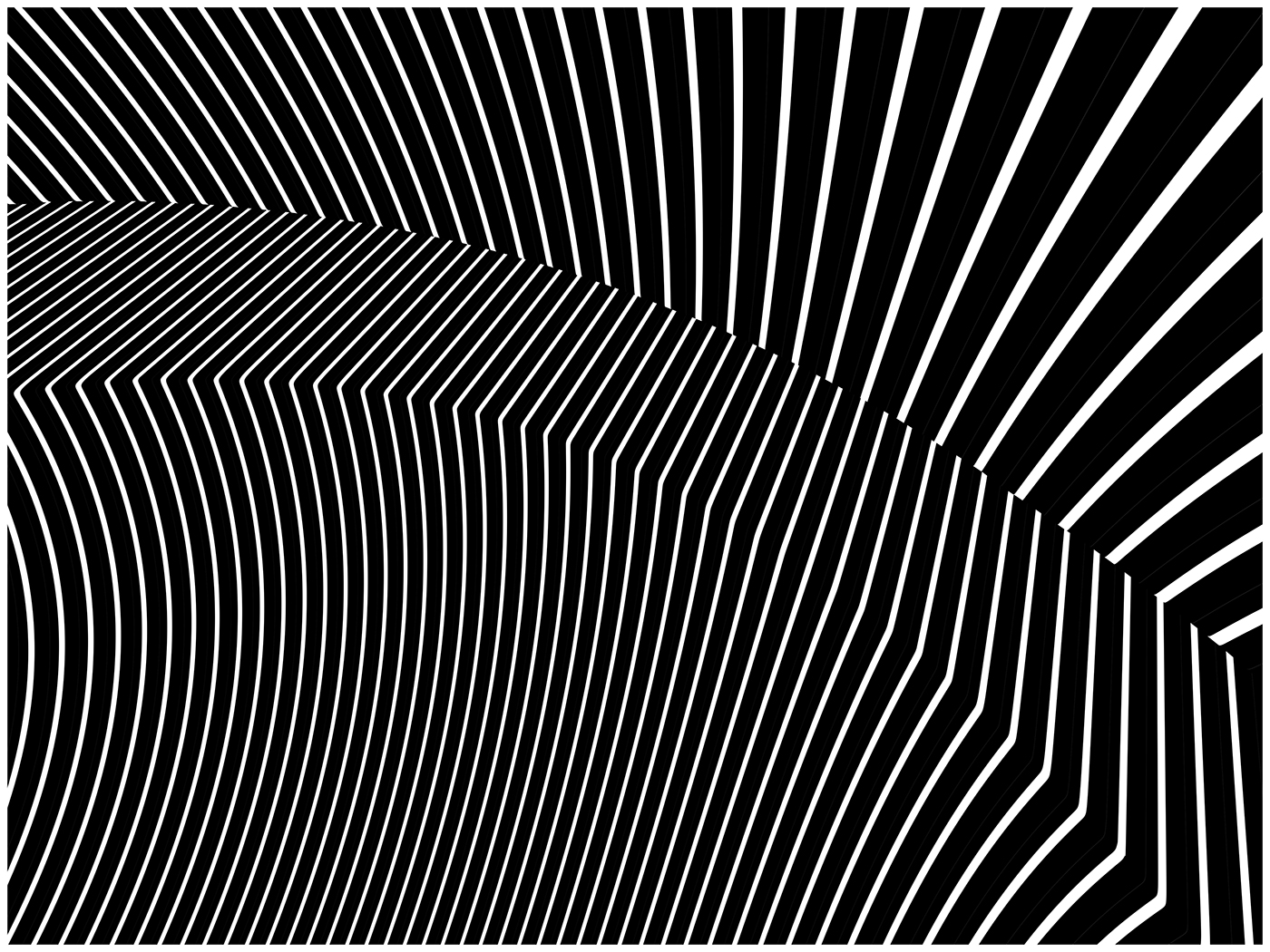
Op Art on Behance
Op art works in a similar way. Artists use shapes, colours and patterns in special ways to create images that look as if they are moving or blurring. Op art started in the 1960s and the painting above is by Bridget Riley who is one of the main op artists. What shapes can you see in this picture? It is by an op artist called Victor Vasarely.
That Little Art Teacher Op Art and Colored Pencil Tutorial Art 1
Op art, branch of mid-20th-century geometric abstract art that deals with optical illusion. Artists purposefully manipulated formal relationships of shapes and colors to evoke perceptual illusions, ambiguities, and contradictions in the vision of the viewer. Read more about the movement and its history.

Op Art by Gianni A. Sarcone
Op art, short for optical art, is a style of visual art that uses optical illusions. Op art works are abstract, with many better known pieces created in black and white. Typically, they give the viewer the impression of movement, hidden images, flashing and vibrating patterns, or of swelling or warping. The antecedents of Op art, in terms of.

Kristen Applebee Squiggly Lines Op Art
Op art. An abstract style, also known as Optical Art, developed in the 1960s and featuring geometric shapes and lines in black and white or vivid colors. Based in theories of color and perception, Op Art compositions often create optical illusions of vibration or depth.
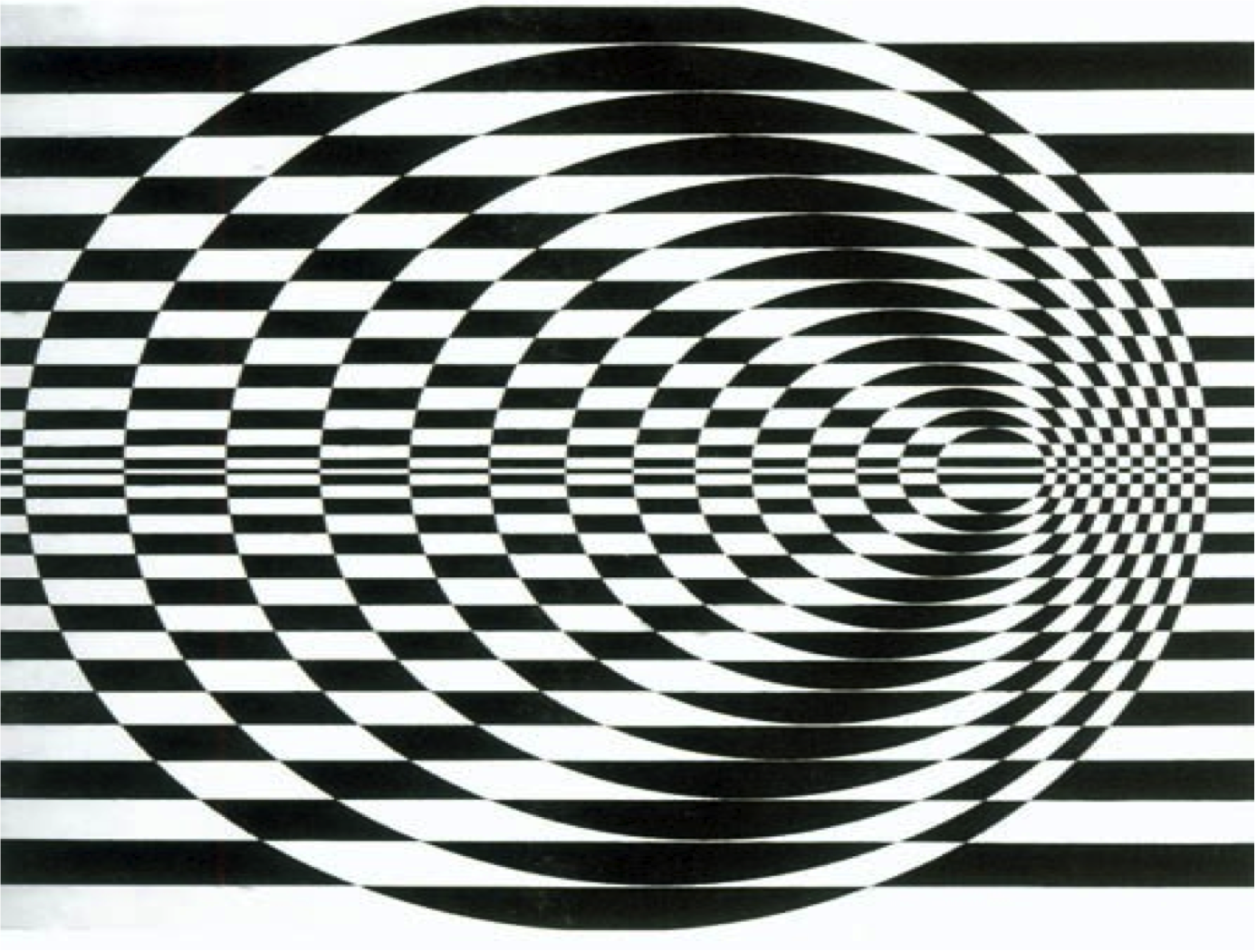
Op Art Paper Weaving (3rd and 5th) Art with Mrs. Nguyen
1960 - 1970. Term used as an abbreviation of 'optical art' to refer to painting and sculpture that exploits the illusions or optical effects of perceptual processes. It was used for the first time by a writer in an unsigned article in Time magazine (23 Oct 1964) and entered common usage to designate, in particular, two-dimensional.
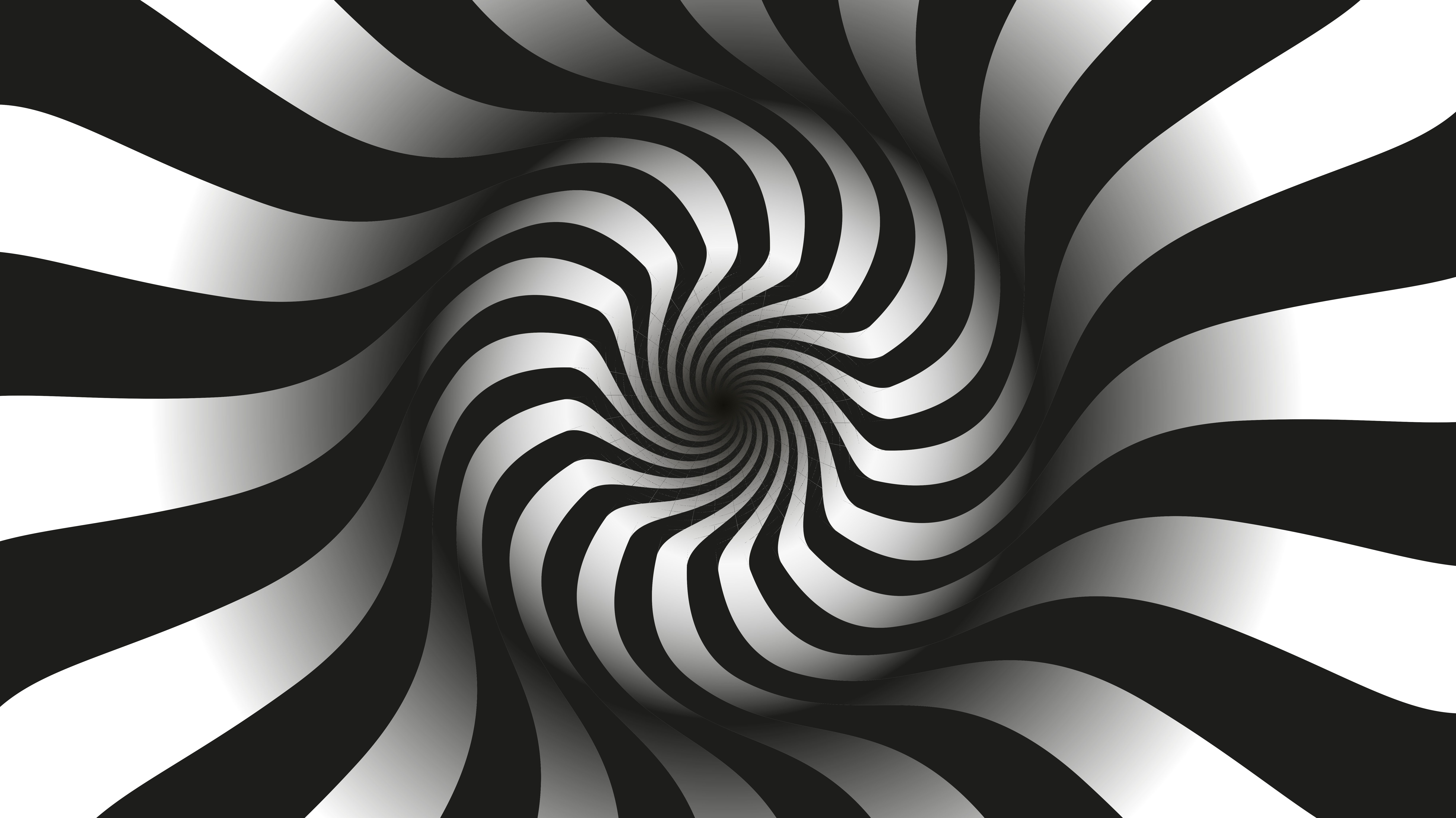
Op Art Wallpapers Wallpaper Cave
Guide to Op Art: 5 Notable Op Art Artists and Artworks. Optical art, a form of abstract art, uses optical illusions to trick the viewer's eye into perceiving the illusion of three-dimensional movement or patterns in its images. Optical art, a form of abstract art, uses optical illusions to trick the viewer's eye into perceiving the illusion.
Art. Paper. Scissors. Glue! Op Art
Op art, short for optical art, is a style of visual art that uses optical illusions. Op artworks are abstract, with many better-known pieces created in black and white. Typically, they give the viewer the impression of movement, hidden images, flashing and vibrating patterns, or swelling or warping.
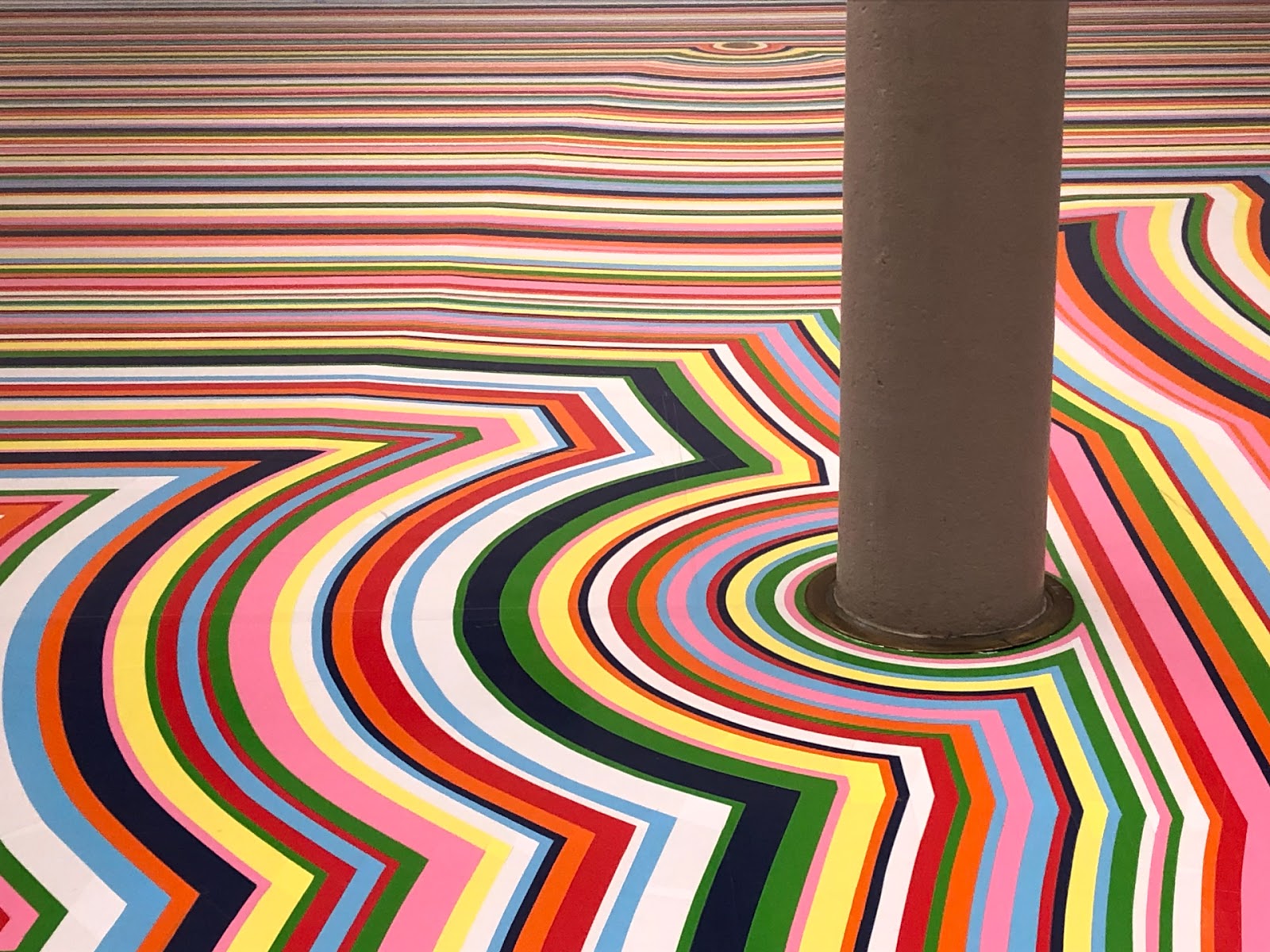
Helen Shaddock Op Art in Focus at TATE Liverpool
Op art is a movement of abstract art that uses optical effects and illusions to confuse and excite the eye. Learn about its history, key ideas, key artists, and examples of op art from the 1950s to the present. Explore how op art explores the nature of perception, color, and space through stark contrasts of foreground and background.
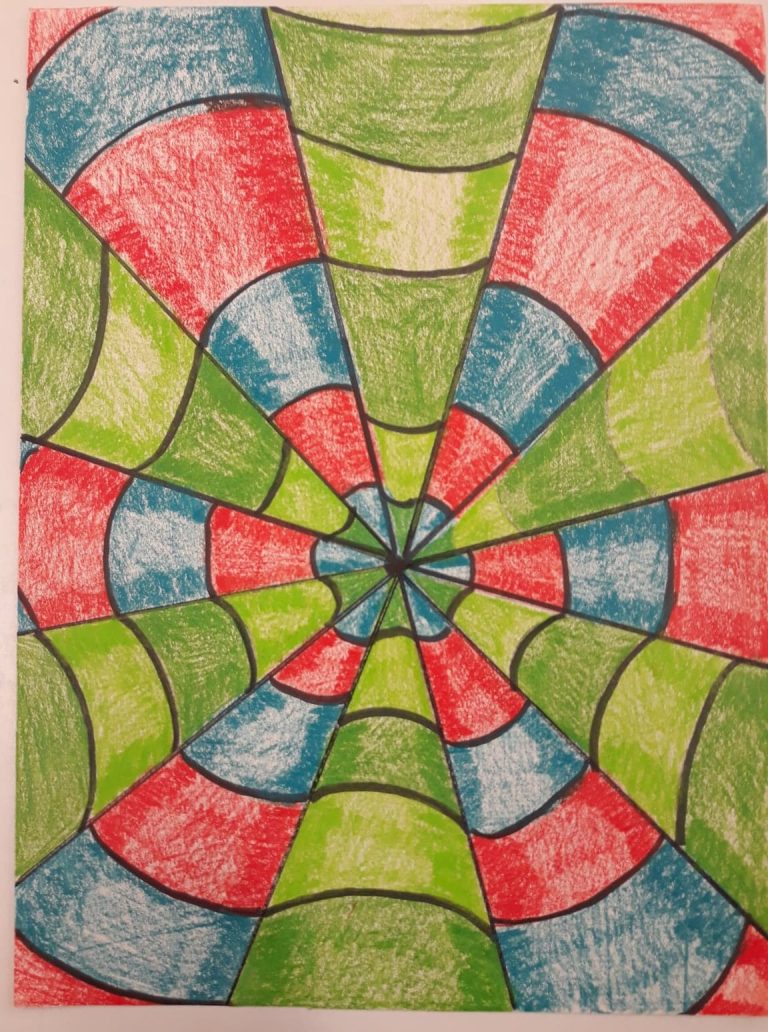
Kids’ Art Class Op Art Drawing Lesson Kittle’s Fine Art & Supply
14.3: Op Art. Op Art is short for optical art, a style of visual images to create movement on a flat two-dimensional space. The abstracted art was commonly painted with black and white to create a contrast for a vibrating image. Op art is a perceptual experience and is based upon how a viewer's vision functions.

Large 1970s psychedelic op art print Mark Parrish Mid Century Modern
Op Art is a form of geometric abstract art that explores optical sensations through visual effects such as repeating patterns, colours and shapes. Learn about the origins, key artists and iconic works of this movement that influenced design, fashion and culture.

Contos Impossíveis Op Art
Op art is a form of abstract visual art that uses geometric forms to create optical illusions. The term "Op Art" is short for optical art. With the formal movement beginning in the 1960s, op artists explore theories of optics, perception and color theory by creating geometric patterns that create optical illusions and often give the viewer.
That Little Art Teacher Op Art and Colored Pencil Tutorial Art 1
1 February - 12 June 2022. Free. A View from Zagreb: Op and Kinetic Art, a new display on Level 2 at Tate Modern opening on 23 May, brings together artworks based on optical ('op') effects, geometry and movement made by international artists linked to the 1960s 'New Tendencies' group.
ART with Mrs. Garrett! Op Art lately..
Miroslav Šutej and Jean-Pierre Yvaral are a great starting point for your to rank your favorites on this list (10 Items) Metaweb (FB) Victor Vasarely. Bridget Riley. Metaweb (FB) Richard Anuszkiewicz. Jean-Pierre Yvaral. List of famous Op art artists, with images, bios, and information about their notable works.